
A doorway page is a website created to redirect traffic to another website. It's like a middleman that guides you to your desired destination. These doorway pages are usually set up on separate domains to avoid any negative impact on the main website if they get blocked. Most of the time, doorway pages don't offer any useful information. Instead, they focus on using popular keywords that search engines pay attention to. The more relevant keywords they have, the higher they appear in search results. It's a cheap and fast way to attract lots of web traffic, but it's not entirely legal because search engines don't like it.
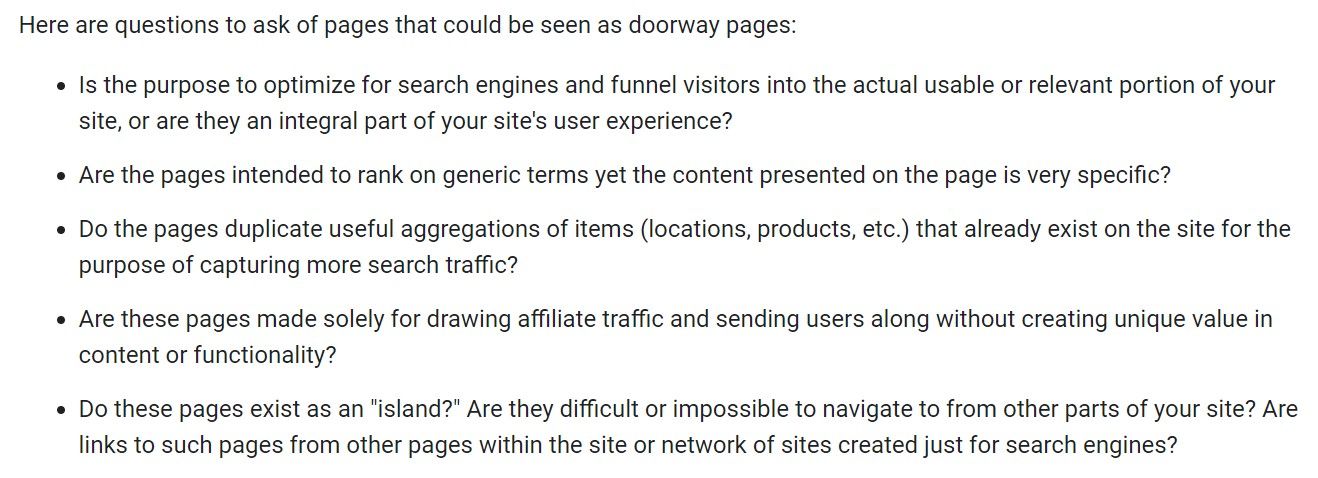
Google asks these questions to websites.
The first doorway pages emerged nearly three decades ago, around the same time as search engine optimization (SEO). Back then, link ranking of pages did not exist, and a site's relevance to a search query was solely determined by its content. In other words, the higher the content quality and better the keyword selection, the higher the site would appear in search results.
Link ranking of pages is now a major factor considered by search engines to determine a site's position in search results. The more links from thematic content that point to a specific resource, the higher its ranking. This ranking algorithm is now employed by all major search engines.
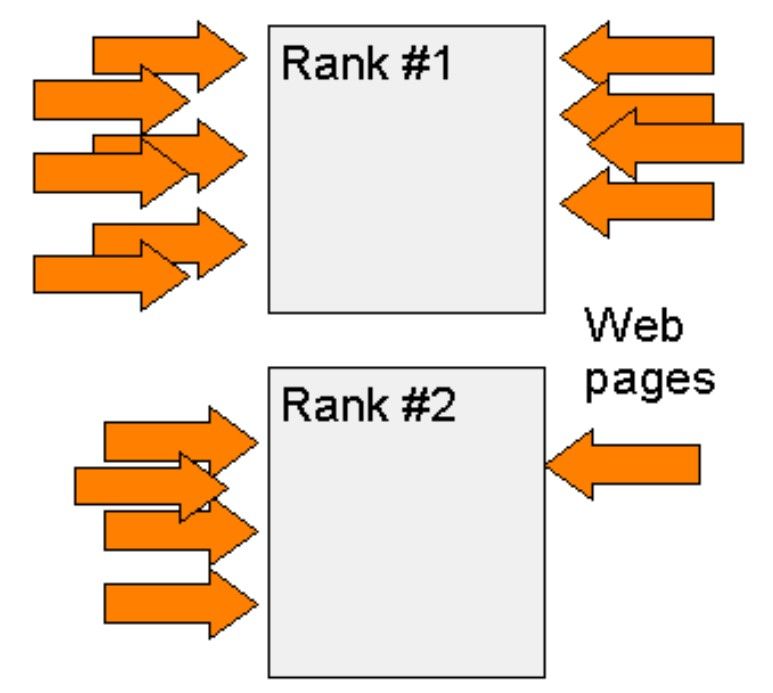
The more links, the higher the position of the page.
Doorway pages were created to cover as many user searches as possible. For instance, the same query could be phrased in various ways, such as "programming courses," "courses for programming," or "how to learn programming." It often proved challenging to organically incorporate all such queries into a single text, but they all existed.
Doorway pages addressed this issue by adding various keywords, which led to this method of promotion being labeled "black SEO." The coherency of the text was disregarded, enabling websites to appear on the first page of search engine results.
After the introduction of link ranking, the effectiveness of doorway pages diminished, but only temporarily. It simply required optimization not only through keywords but also through links.
Consequently, doorway pages continue to function quite well by adapting to new realities and the demands of search algorithms.
Doorway pages operate based on three primary scenarios:
A clickunder is a new browser tab that opens in the background, displaying advertisements or other content triggered by a specific code upon clicking a page.
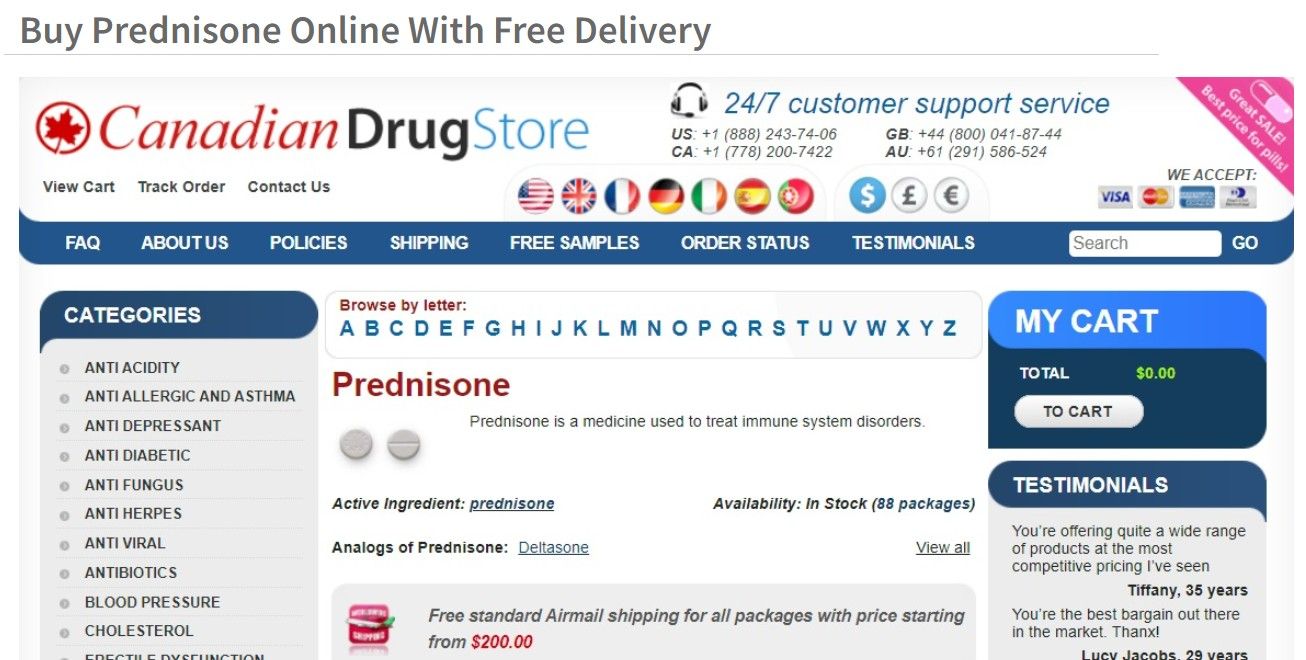
Example of the third option.
The primary objective of doorway creators is to bring the main website to the first page of search engine results and generate as much traffic as possible before the doorway website gets banned. To achieve this, they optimize the doorway page through various methods, often neglecting the content's quality, which may provide little to no benefit. This involves adding a substantial quantity of high-frequency, mid-frequency, and low-frequency queries not only to the landing site's content but also to page metadata, titles, descriptions, HTML code (e.g., the alt attribute), headings, and other elements.

Examples of using doorway pages.
As a result of such spam, search algorithms evaluate the doorway page content as relevant to the query and rank it highly in search results. Users see these sites on the first page of Google and believe they have found precisely what they need. They click on the snippet, and subsequent events unfold according to one of the three aforementioned scenarios.
Doorway pages are a somewhat deceptive method of promotion, but since they still exist, it means that some people find them useful. They are typically used to solve the following problems:
Considering these advantages, doorways are a fast, cheap, and safe way to attract traffic to different types of websites, whether it's for affiliate marketing or e-commerce.
Now let's look at the pros and cons of doorway pages:
Pros:
Cons:
Doorways can be classified into different types based on their operating principle::
This is what the grayhat version looks like on Google:

And this is what the page looks like:
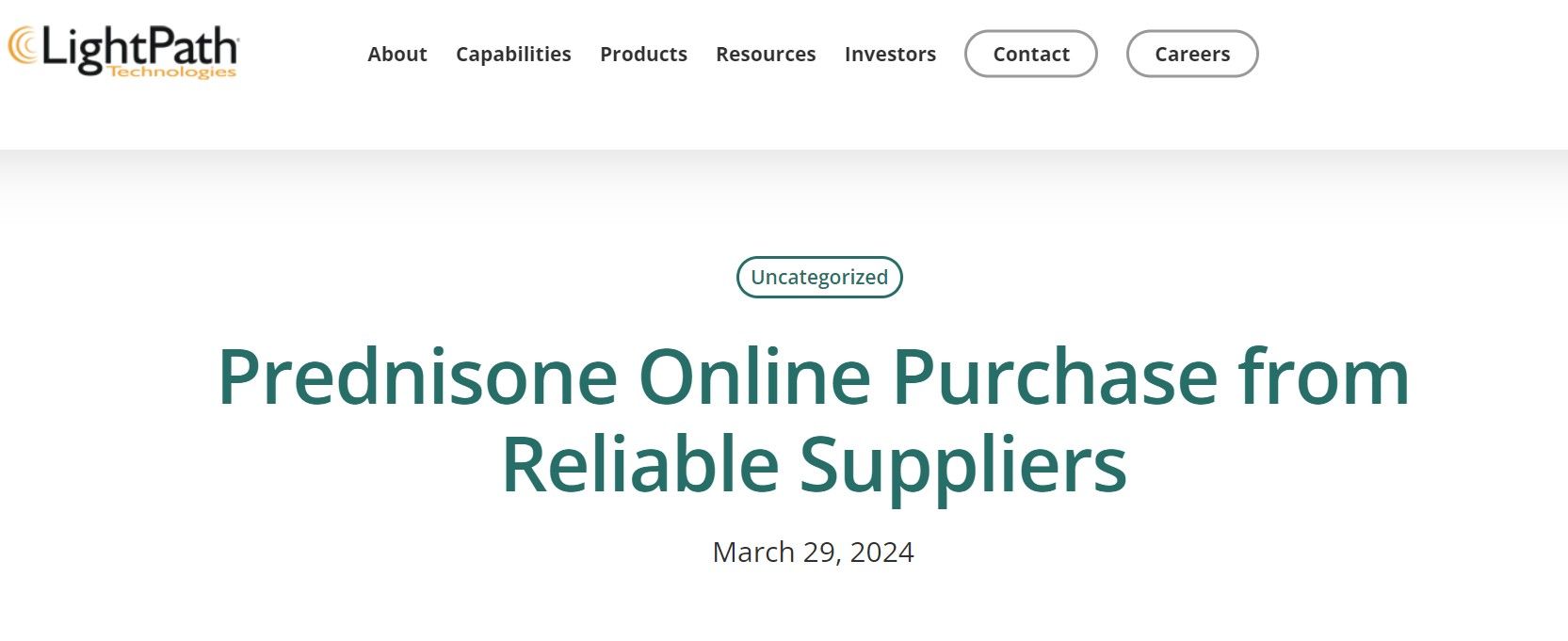
When you click on any link on that site, you'll be taken to a landing page where you can purchase the drug. This is how these grayhat doorway pages operate.
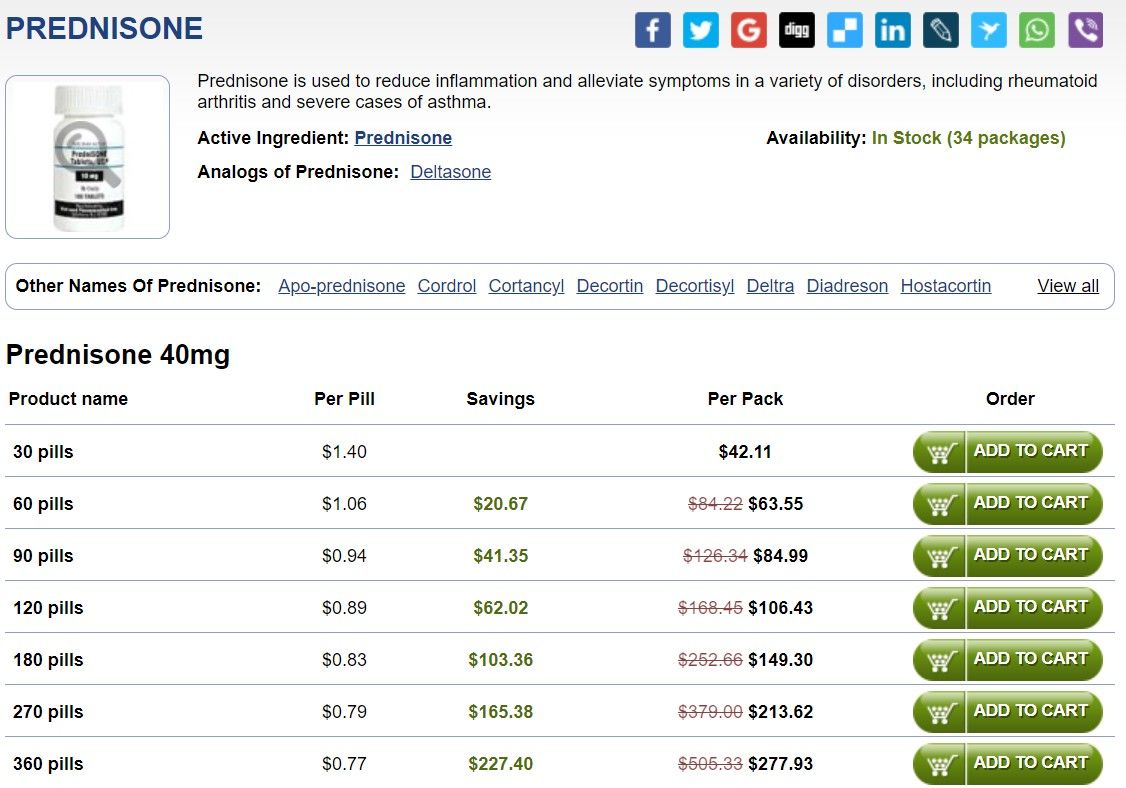
Search engines are constantly fighting against blackhat doorways, which are the most deceptive and harmful. It's worth noting that search engines have become more effective in combating them compared to a few years ago when blackhat doorways were more common. Nowadays, you'll mostly come across grayhat and whitehat doorways, which aren't as malicious.
Another way to classify doorway pages is based on the type of content they use. The most common type is text-based doorway pages because they are easier to create. However, some doorway pages use media content like images or videos with links to the target website. Additionally, doorways created using free tools like public pages on social networks are often considered a separate type.
Search engines don't see doorway pages as a fair way to promote websites. They especially target and ban blackhat doorways because they are deceptive. On the other hand, whitehat and grayhat doorways can be harder to identify as they often have good content and links, making them appear more legitimate.
Before launching a doorway page, you need to make sure it's prepared properly. This means filling it with relevant content and optimizing it for search engines. It's also important to keep the doorway page updated so that it continues to be recognized by search engines and attracts ongoing traffic. However, it's worth considering that maintaining a doorway page can be just as time-consuming as creating a main website, but without the risk of being banned by search engines.
That's why it's generally recommended to use legitimate methods, known as whitehat methods, to promote websites. These methods follow ethical guidelines and are more aligned with search engine rules. However, they take long to develop.
If you're looking for effective ways to send traffic to your website and generate profits quickly, you may want to explore advertising networks like MyBid, which provide the necessary tools and resources to achieve results.